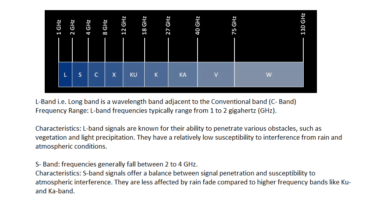Floating solar plants
Issue
India’s largest floating solar power plant will be set up in Ramagundam of Telangana. It will be constructed by NTPC.
Background
The ground base solar plants are facing shortage of land availability. This has forced alternative ways of setting up of solar panels.
Details
- Floating solar power plants refer to the setting up of photovoltaic panels on the surface of water bodies especially lakes or reservoirs.
- The project would be spread over the water surface of Sri Ram Sagar Project reservoir on the Godavari River.
Advantages of floating power plants
- The main advantage of floating plants is that they do not take up any land unlike land-based plants.
- Floating solar plants are more compact than land-based plants and their management is easier and construction is less complicated.
- The plant covers water storage of basins and can reduce the water evaporation drastically.
- By putting solar panels over water, efficiency of energy production increases.
- The solar panels set up over water bodies can be dismantled and moved easily on a short notice.
Disadvantages
- The technology needs sophisticated transmission infrastructure in form of cables that leads to cost escalation.
- Water is a corrosive agent and long exposure to water can cause damage to metal components.
- Aquatic life present in water bodies can be affected if construction activities are taken up.
India’s renewable energy plan
- The Indian government has set a target of installing 175 GW of renewable energy capacity by the year 2022.
- This includes 100 GW from solar, 60 GW from wind, 10 GW from bio-power and 5 GW from small hydro-power.



